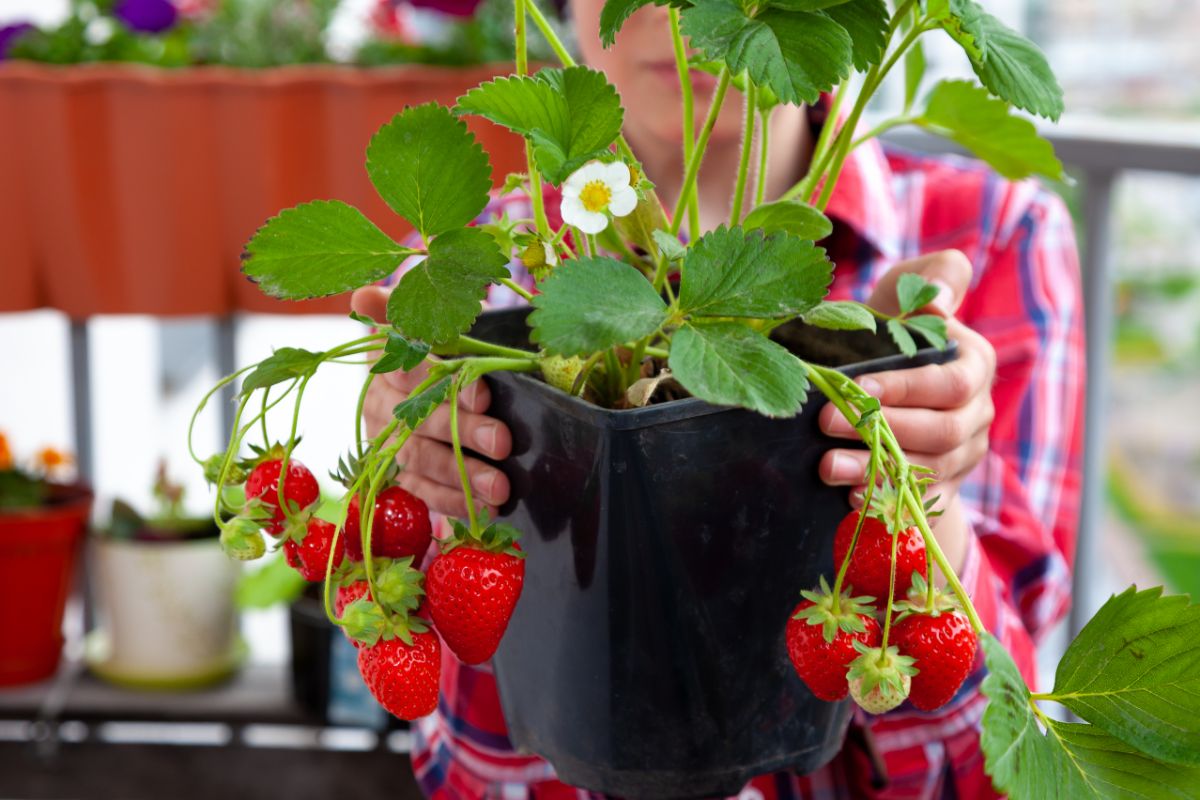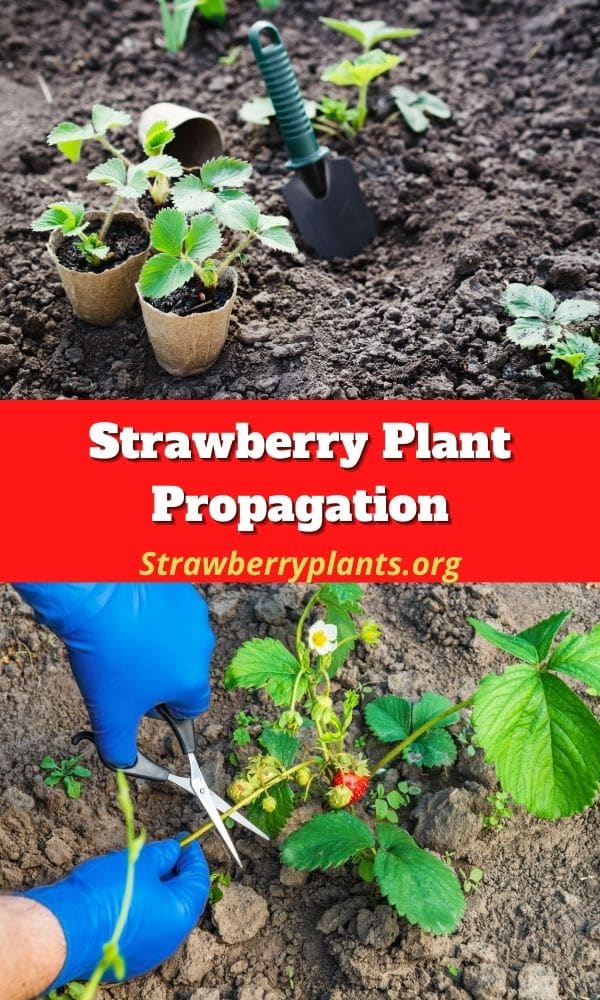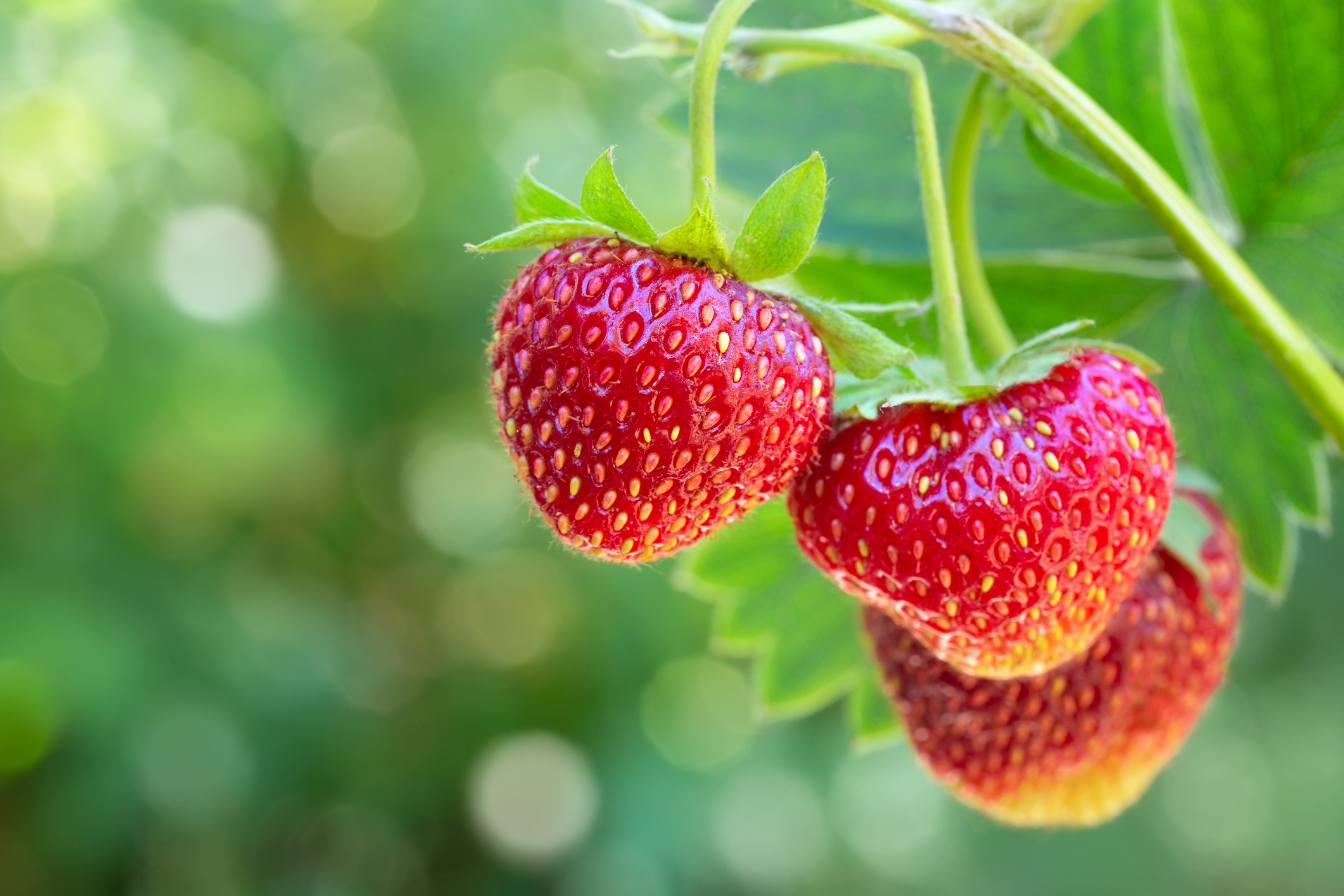The Sweet Story of Strawberry Growth
Uncovering the Secret to Juicy Strawberries
Strawberry cultivation is an art that requires a deep understanding of the plant’s needs and preferences. To grow juicy, sweet strawberries, it’s essential to provide the right conditions for optimal fruit production. But what does strawberry grow on, and how can you replicate the perfect environment for a bountiful harvest? The curiosity surrounding strawberry growth is palpable, and in this article, we’ll explore the intricacies of strawberry cultivation, from planting to harvesting, to help you become a strawberry-growing expert.
How to Identify the Perfect Strawberry Planting Spot
When it comes to growing strawberries, the right planting spot can make all the difference. Strawberry plants require specific conditions to thrive, including full sun, well-draining soil, and adequate water. To choose the perfect spot, look for areas that receive at least six hours of direct sunlight per day. The soil should be rich in organic matter, with a pH between 5.5 and 6.5. Additionally, ensure the area is level and well-drained, as strawberry plants are susceptible to root rot in waterlogged soil. By selecting the ideal planting spot, you’ll be well on your way to growing juicy, sweet strawberries.
The Role of Runners in Strawberry Plant Propagation
One of the most fascinating aspects of strawberry growth is the role of runners in plant propagation. Runners are long stems that produce new plants at their tips, allowing strawberry plants to spread and multiply quickly. This unique feature makes strawberries one of the easiest fruits to propagate. To encourage runner formation, provide strawberry plants with plenty of space to spread out, and ensure the soil is rich in nutrients. As runners form, gently peg them down to the soil using a U-shaped wire or a rock, and keep the soil consistently moist. With proper care, each runner can produce a new plant, allowing you to expand your strawberry patch and enjoy a bountiful harvest.
The Strawberry Plant’s Favorite Companion Plants
Strawberry plants thrive when surrounded by the right companions. Companion planting is a simple yet effective way to enhance strawberry growth, deter pests, and improve soil health. Some of the best companion plants for strawberries include marigolds, which repel nematodes and attract beneficial insects, and borage, which improves strawberry flavor and texture. Other good neighbors include thyme, which deters pests and adds nutrients to the soil, and lettuce, which provides shade and retains moisture. By planting strawberries alongside these companions, you can create a harmonious and productive garden ecosystem. Remember, when choosing companion plants, consider their growth habits, space requirements, and potential for competition with your strawberry plants.
The Surprising Answer to What Strawberries Grow On
Have you ever wondered what strawberries grow on? The answer might surprise you Strawberries don’t grow on trees, nor do they grow on bushes. Instead, they grow on a complex network of stolons, crowns, and roots. Stolons are long stems that produce new plants at their tips, while crowns are the central part of the plant where the roots and stems meet. The roots, of course, are responsible for absorbing water and nutrients from the soil. When you ask yourself “what does strawberry grow on,” the answer is a delicate balance of these three components working together in harmony. By understanding how strawberries grow, you can better care for your plants and enjoy a bountiful harvest of juicy, sweet strawberries.
Common Mistakes to Avoid When Growing Strawberries
While growing strawberries can be a rewarding experience, it’s not without its challenges. Many people make common mistakes that can hinder the growth and productivity of their strawberry plants. One of the most common mistakes is overwatering, which can lead to root rot and other diseases. On the other hand, underwatering can cause stress to the plants, making them more susceptible to pests and diseases. Another mistake is inadequate sunlight, which is essential for strawberry plants to produce fruit. Additionally, failing to provide proper air circulation can lead to fungal diseases, while neglecting to fertilize can result in weak and unproductive plants. By being aware of these common mistakes, you can take steps to avoid them and ensure a healthy and thriving strawberry crop. Remember, understanding what strawberries grow on, including their stolons, crowns, and roots, is crucial in avoiding these mistakes and providing the best conditions for your plants to thrive.
Tips for Encouraging Healthy Strawberry Plant Growth
To promote healthy strawberry plant growth, it’s essential to provide the right conditions and care. One crucial aspect is fertilization, which should be done regularly to ensure the plants receive the necessary nutrients. A balanced fertilizer with a mix of nitrogen, phosphorus, and potassium is ideal. Pruning is another vital task, as it helps to promote air circulation, reduce disease risk, and encourage fruiting. Remove any dead or damaged leaves and stems, and trim back the plants after harvesting to encourage new growth. Pest management is also crucial, as pests like aphids, slugs, and snails can cause significant damage. Use organic pest control methods whenever possible, such as introducing beneficial insects or using neem oil. Additionally, mulching around the plants can help retain moisture, suppress weeds, and regulate soil temperature. By following these tips, you can create an optimal environment for your strawberry plants to thrive, and enjoy a bountiful harvest of juicy, sweet strawberries. Remember, understanding what strawberries grow on, including their stolons, crowns, and roots, is key to providing the best care for your plants.
Enjoying the Fruits of Your Labor: Harvesting Strawberries
After weeks of nurturing and caring for your strawberry plants, the moment of truth finally arrives – harvest time Harvesting strawberries is an art that requires patience, attention to detail, and a gentle touch. The best time to harvest strawberries is in the morning, when the fruit is at its sweetest and most flavorful. Gently grasp the stem between your thumb and index finger, and twist it gently to release the fruit from the plant. Handle the strawberries with care, as they are delicate and easily bruised. Store them in a cool, dry place, and enjoy them within a few days of harvesting. There’s nothing quite like the joy of biting into a fresh, juicy strawberry, plucked from your own garden. By understanding what strawberries grow on, including their stolons, crowns, and roots, you can appreciate the hard work and dedication that goes into growing these delicious fruits. So go ahead, indulge in the sweet taste of your labor, and savor the satisfaction of growing your own strawberries!








